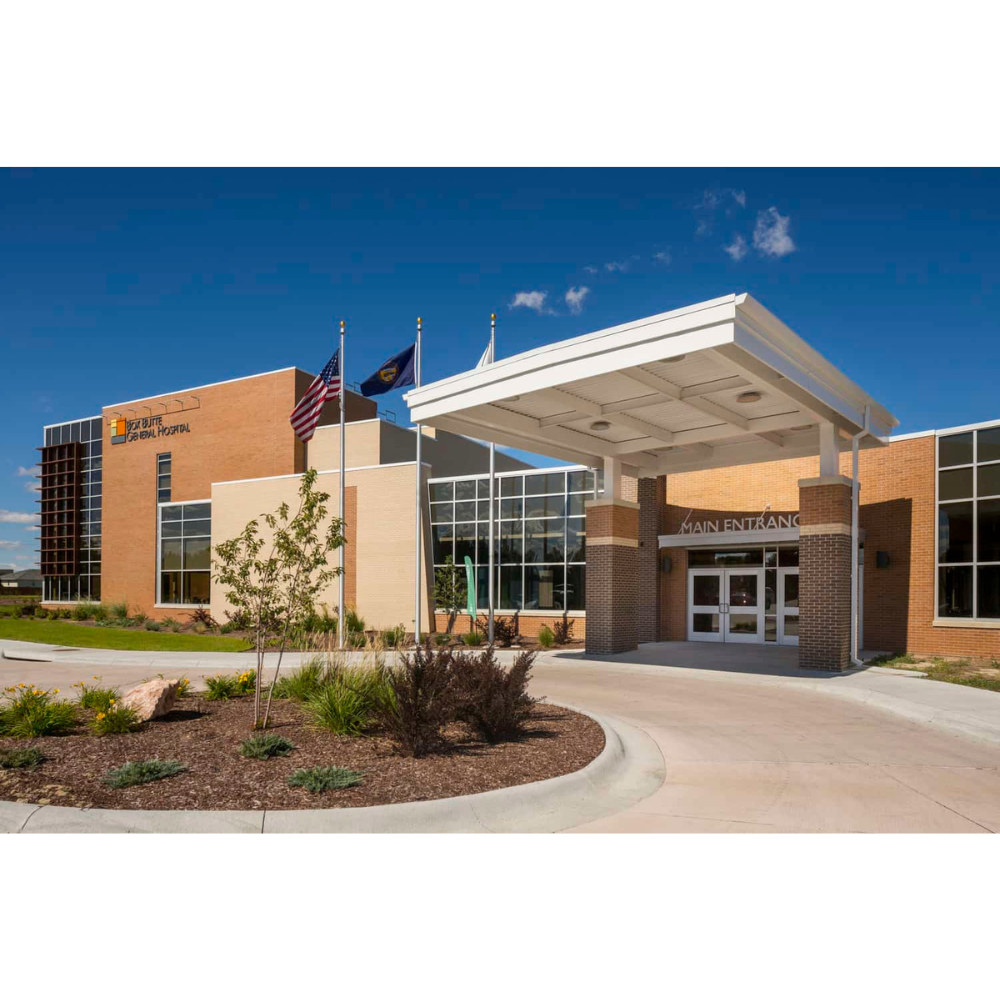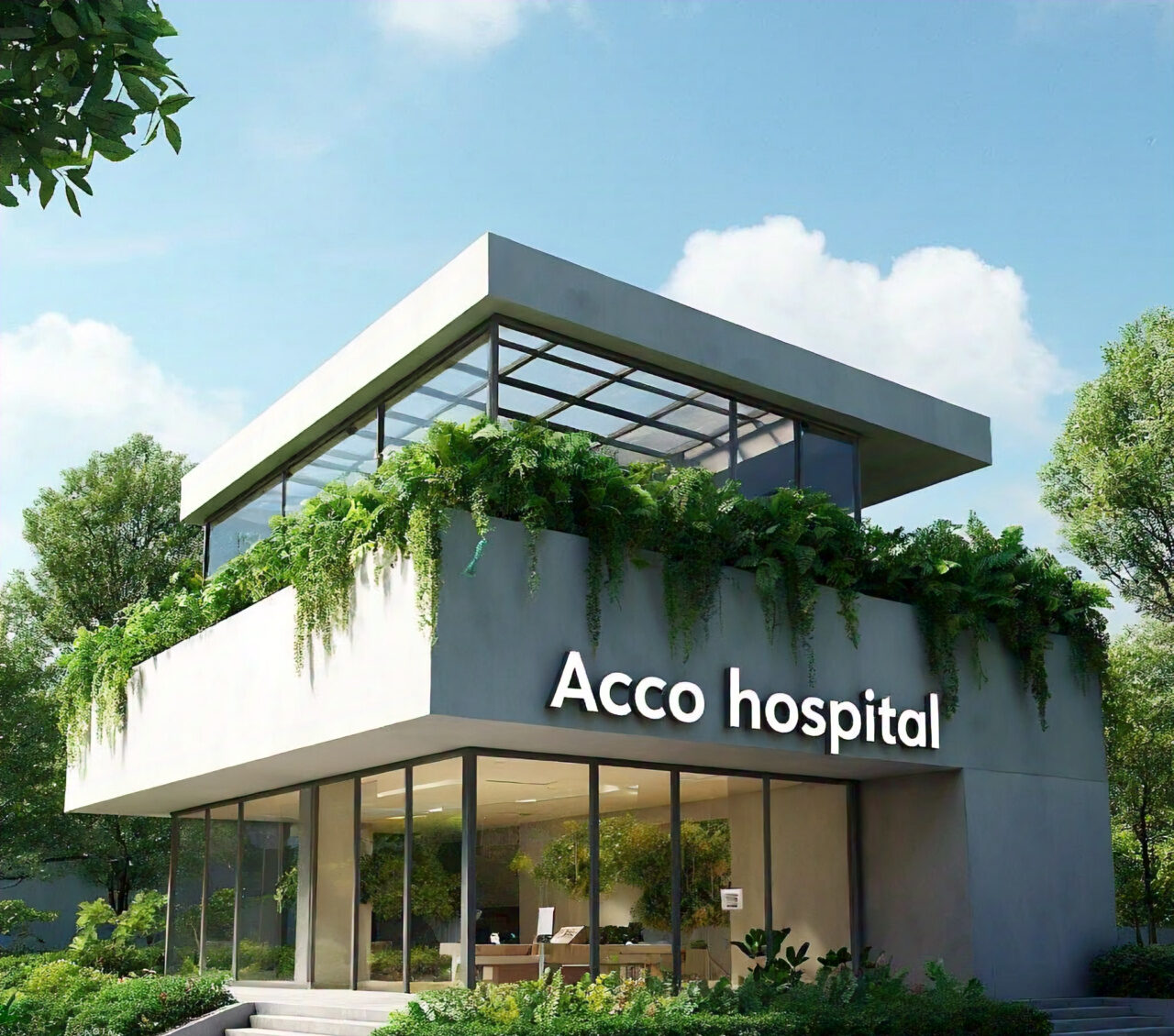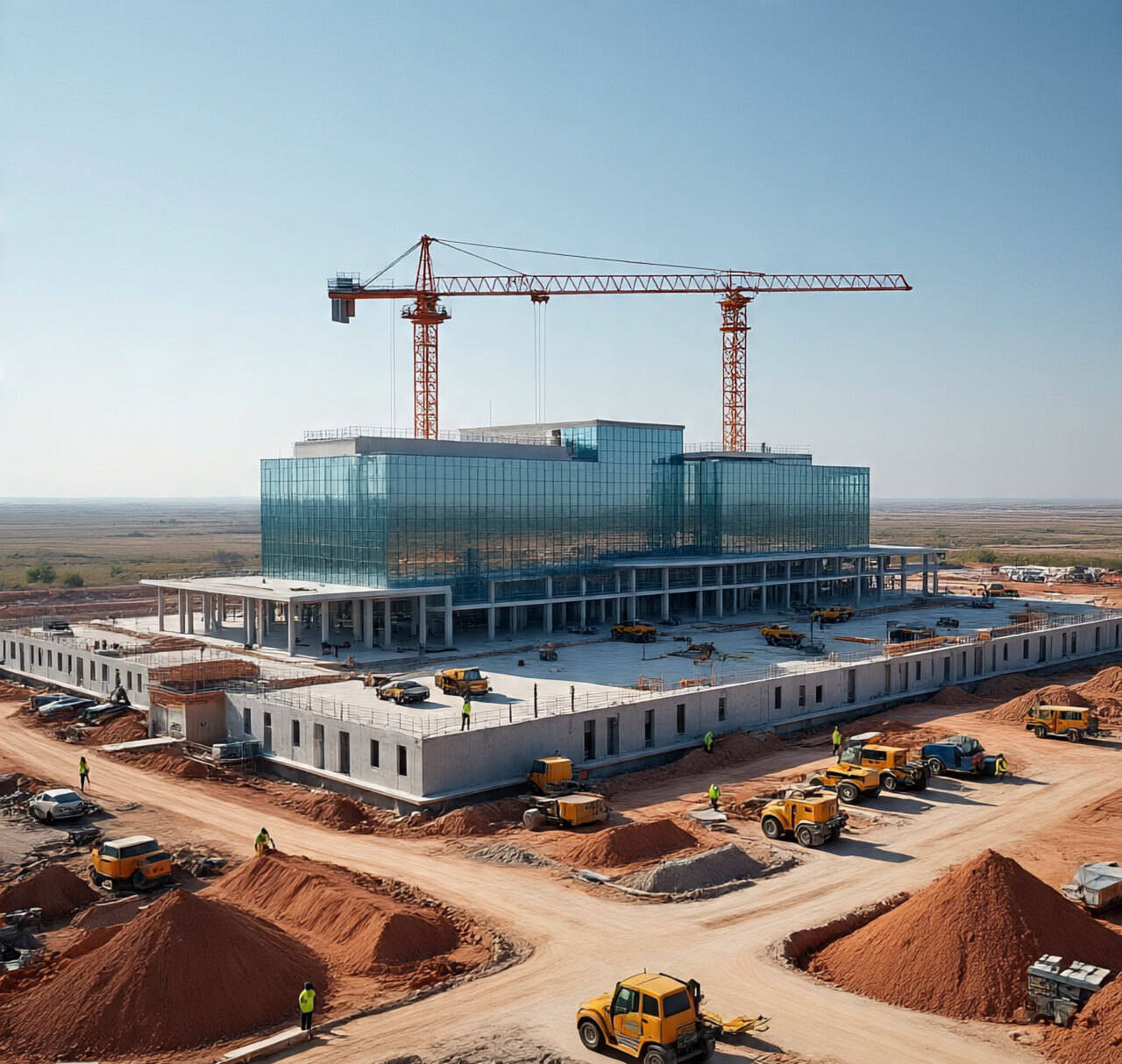
HOSPITAL DESIGN HUB The Future of Hospital Design in Pakistan: Smart and Efficient Layouts
The future of hospital design in Pakistan is poised to embrace advancements in technology and innovative design principles, leading to smarter and more efficient layouts. Here’s a look at how future hospital designs in Pakistan could evolve to enhance healthcare delivery and operational efficiency:
1. Smart Infrastructure
Integrated Technology:
- Building Management Systems (BMS): Hospitals will increasingly incorporate smart BMS for real-time monitoring and control of lighting, heating, cooling, and security systems, improving energy efficiency and operational control.
- IoT Integration: Internet of Things (IoT) devices will be used for monitoring patient health, managing medical equipment, and tracking inventory in real-time.
Advanced Medical Equipment:
- Telemedicine Facilities: Design spaces equipped for telemedicine consultations, enabling remote diagnosis and treatment.
- Robotic Surgery Suites: Create specialized areas for robotic-assisted surgeries, optimizing precision and minimally invasive procedures.
2. Patient-Centered Design
Flexible Room Configurations:
- Modular Rooms: Design flexible, modular patient rooms that can be easily reconfigured based on changing needs or patient conditions.
- Private and Semi-Private Options: Offer a range of room types to balance patient privacy with cost considerations.
Healing Environments:
- Biophilic Design: Incorporate elements of nature, such as indoor gardens and natural light, to enhance patient well-being and recovery.
- Comfortable Waiting Areas: Design calming, comfortable waiting areas with amenities to reduce stress for patients and families.
3. Sustainable and Green Design
Energy Efficiency:
- Renewable Energy Sources: Integrate solar panels, wind turbines, or other renewable energy sources to reduce the hospital’s carbon footprint.
- Energy-Efficient Systems: Use high-efficiency HVAC systems, LED lighting, and automated climate control to lower energy consumption.
Water Conservation:
- Water-Saving Fixtures: Install low-flow faucets, toilets, and irrigation systems to conserve water.
- Rainwater Harvesting: Implement rainwater harvesting systems for non-potable uses such as irrigation and cooling.
4. Enhanced Infection Control
Advanced Air Filtration:
- HEPA Filters: Use high-efficiency particulate air (HEPA) filters in HVAC systems to ensure clean and safe air quality.
- Negative Pressure Rooms: Design isolation rooms with negative pressure to prevent the spread of airborne infections.
Hygienic Materials:
- Antimicrobial Surfaces: Incorporate antimicrobial materials in high-touch areas to reduce the risk of infections.
- Touchless Technologies: Use touchless technologies for faucets, doors, and elevators to minimize contact points and enhance hygiene.
5. Efficient Space Utilization
Optimized Layouts:
- Lean Design Principles: Apply lean design principles to streamline workflows, reduce waste, and enhance efficiency in clinical and administrative areas.
- Adaptive Spaces: Design adaptable spaces that can be easily reconfigured for different purposes as needs evolve.
Automated Systems:
- Robotic Systems: Implement automated systems for tasks such as medication dispensing and patient transport to improve efficiency and reduce human error.
- Smart Logistics: Use automated systems for managing supplies, waste, and patient flow to optimize operational efficiency.
6. Enhanced Accessibility
Inclusive Design:
- Universal Design Principles: Incorporate universal design principles to ensure accessibility for all patients, including those with disabilities.
- Wayfinding Systems: Implement intuitive wayfinding systems with clear signage and digital maps to assist patients and visitors in navigating the hospital.
Transportation and Parking:
- Convenient Access: Design convenient access routes for emergency vehicles and ample parking for patients and visitors.
- Public Transport Integration: Consider integrating the hospital design with nearby public transportation options to improve accessibility.
7. Community and Wellness Integration
Wellness Spaces:
- Recreational Areas: Include spaces for relaxation and recreation, such as gardens, walking paths, and meditation areas, to support mental health and well-being.
- Community Engagement: Design areas for community outreach programs and health education to strengthen the hospital’s connection with the community.
Conclusion
The future of hospital design in Pakistan is moving towards smarter, more efficient, and patient-centered layouts. By integrating advanced technology, focusing on sustainability, enhancing infection control, and optimizing space utilization, hospitals can provide better care, improve operational efficiency, and create a more positive experience for patients and staff. Embracing these innovations will help hospitals in Pakistan adapt to evolving healthcare needs and deliver high-quality care in a rapidly changing world.




